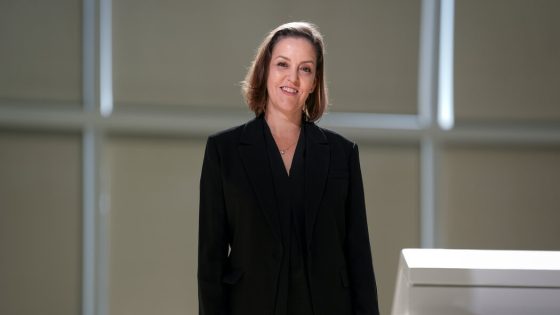On February 3, 2025, the Bulletin of the Atomic Scientists announced that Alexandra Bell has been appointed as its new president and chief executive. This follows the alarming update that the Doomsday Clock is now set at 89 seconds to midnight, the closest it has ever been to global catastrophe due to human-made threats such as nuclear weapons and climate change.
- Doomsday Clock now 89 seconds to midnight.
- Alexandra Bell named new Bulletin president.
- Bell previously worked on nuclear arms control.
- Importance of learning from historical echoes.
- Bulletin aims to address evolving global threats.
The Bulletin of the Atomic Scientists, founded by physicists in 1945, uses the Doomsday Clock to symbolize the world’s proximity to existential threats. The clock’s current setting of 89 seconds to midnight reflects a growing concern over various risks, including nuclear proliferation, climate change, and emerging technologies like artificial intelligence. This marks a shift from the previous two years, where the clock remained at 90 seconds.
Alexandra Bell brings significant experience in nuclear affairs, having worked at the U.S. State Department on arms control and nonproliferation. Her previous roles include involvement in the New START treaty with Russia and leading the U.S. delegation in the P5 Process, which focuses on nuclear risk reduction among the U.S., China, and Russia. Bell emphasized the importance of learning from historical events while adapting to current challenges.
In her new role, Bell aims to keep the Bulletin relevant amidst evolving global threats. She acknowledges the urgency of the current situation and the need for proactive measures to prevent disaster. The Bulletin’s mission remains critical as it seeks to inform and engage the public on issues that could lead to global destruction.
As Alexandra Bell steps into her new position, the Bulletin of the Atomic Scientists continues to play a crucial role in addressing the pressing threats facing humanity. The organization’s focus on nuclear risk reduction and climate change remains essential as the world grapples with these challenges.


















![[BREAKING] Fire erupts on Air Busan Plane at Gimhae Airport; All 176 onboard safely evacuated](https://news.faharas.net/wp-content/uploads/2025/01/Fire-Breaks-Out-on-Air-Busan-Flight-at-Gimhae-Airport-230x129.png)














